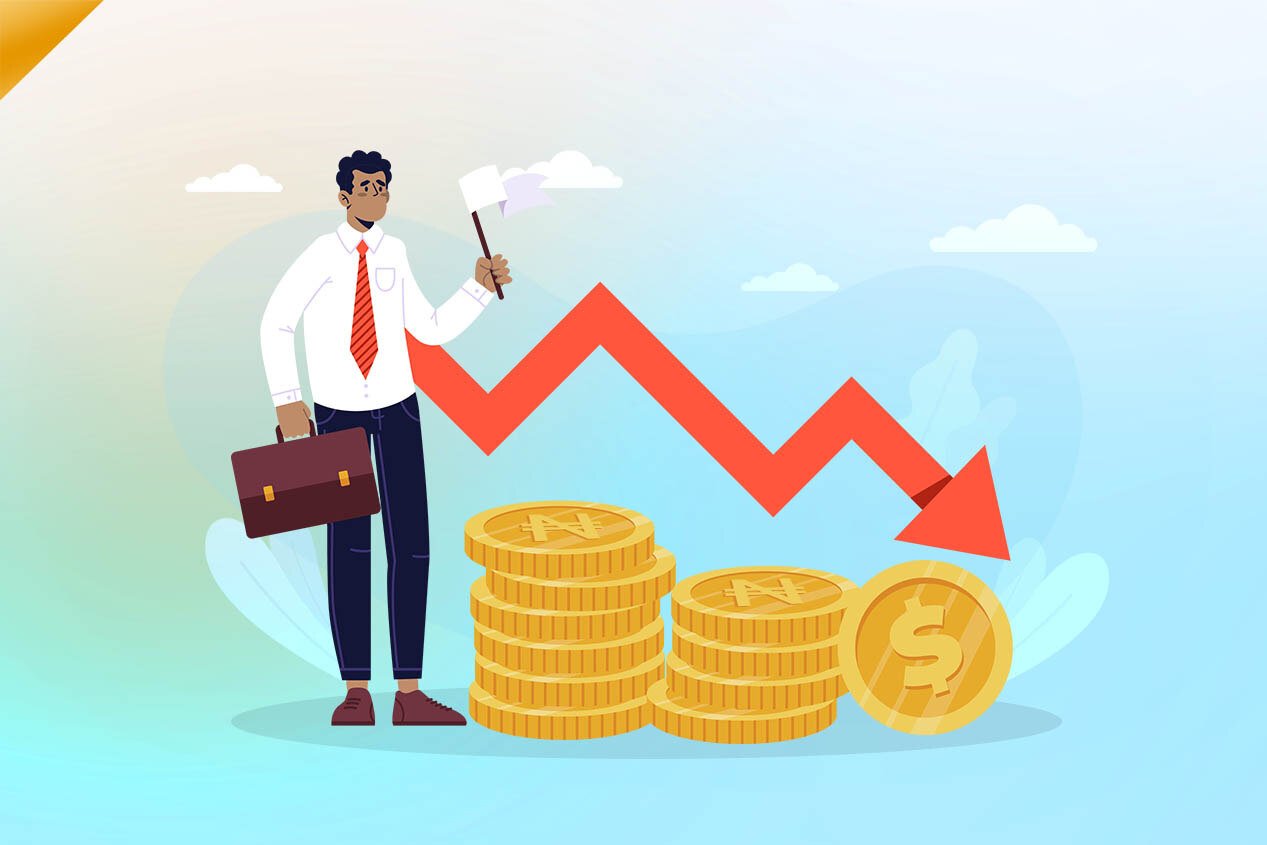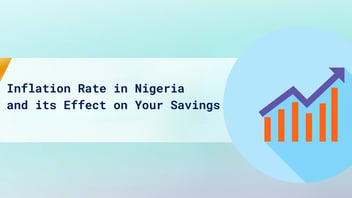
Nigeria Inflation Remains high at 33.95%: Is this a Good Time to Borrow?
Nigeria's economic landscape has been fraught with challenges in recent years, and the current inflation rate of 33.95% is a glaring indicator of the underlying issues. This rate, one of the highest in recent history, poses significant challenges for individuals, businesses, and policymakers alike. The inflationary pressure reflects the rising cost of goods and services, eroding the purchasing power of the Nigerian Naira, and complicating financial decisions, particularly when it comes to borrowing.
Inflation at such a high level raises critical questions about the prudence of taking on debt. Borrowing under these conditions is not just about the immediate need for funds but also about understanding the long-term implications of debt in an unstable economic environment. In this blog post, we'll explore the complexities of borrowing in an inflationary economy, the risks involved, and alternative strategies that could be more beneficial in the current climate.
By the end of this article, you'll have a clearer understanding of whether it's wise to borrow now or if alternative financial strategies might serve you better.
Understanding Inflation and Its Impact
Inflation, in simple terms, is the rate at which the general level of prices for goods and services rises, leading to a decline in the purchasing power of a currency. When inflation is high, like Nigeria's current 33.95%, it creates a ripple effect across the economy, impacting everything from consumer behavior to business investment.
Key Impacts of Inflation on Borrowing:
- Increased Borrowing Costs: High inflation typically leads to higher interest rates as lenders demand more compensation for the decreased value of money over time. This means that borrowing costs increase, making loans more expensive.
- Erosion of Purchasing Power: As inflation rises, the value of money falls, meaning that even if you borrow money today, it might not buy as much in the future. This is particularly concerning for long-term loans where repayments are stretched over several years.
- Uncertainty and Volatility: High inflation creates economic uncertainty. For borrowers, this means the cost of borrowing could fluctuate, making financial planning difficult.
The combination of these factors makes borrowing in an inflationary environment a complex decision. It's crucial to consider not just the immediate need for funds but also the long-term implications of higher interest rates and reduced purchasing power.
.jpg?width=525&height=350&name=Avoid%20Leaving%20Money%20on%20the%20Table%20with%20a%20Low%20APY%20Account%201%20(1).jpg)
Analysing Nigeria's Economic Landscape
Beyond inflation, Nigeria faces a host of economic challenges that further complicate the borrowing landscape. These include a dependency on oil exports, fluctuating global oil prices, a fragile banking system, and persistent issues with government policy implementation.
Economic Challenges:
- Oil Dependency: Nigeria's economy is heavily reliant on oil, which makes it vulnerable to global price shocks. This dependency limits economic diversification and contributes to instability.
- Government Policies: The government's efforts to stabilize the economy, such as currency controls and import restrictions, have had mixed results. While intended to curb inflation and protect the Naira, these policies often lead to supply shortages and further inflationary pressure.
Naira Stability:
- The Nigerian Naira has been under pressure for years, with multiple devaluations. A weak Naira means that imported goods become more expensive, feeding into the inflation cycle. For borrowers, a devaluing Naira increases the cost of servicing foreign-denominated debt, adding another layer of risk.
Understanding these factors is crucial for anyone considering borrowing in the current climate. The broader economic landscape can significantly impact borrowing costs, repayment capacity, and overall financial health.
Borrowing in a High-Inflation Environment
Borrowing in an environment where inflation is as high as 33.95% carries significant risks. However, there are scenarios where borrowing might still be viable or even advantageous.
Risks of Borrowing During High Inflation:
- Increased Debt Burden: As mentioned earlier, high inflation often leads to higher interest rates. This makes debt more expensive to service over time.
- Eroding Loan Value: If the inflation rate outpaces the interest rate on your loan, the real value of the amount borrowed decreases. However, this is a double-edged sword because while the debt may seem smaller, the cost of living and doing business increases.
- Economic Uncertainty: Inflation is often accompanied by economic volatility, making it difficult to predict future financial conditions. This unpredictability can strain borrowers who may face higher costs or lower incomes.
Potential Benefits:
- Asset Appreciation: If you borrow to invest in assets that typically appreciate over time, such as real estate, you could potentially outpace inflation, especially if the asset's value rises faster than inflation.
- Fixed-Rate Loans: Securing a fixed-rate loan in a high-inflation environment can be beneficial if inflation continues to rise, as the interest rate remains unchanged despite the inflationary trend.
Strategies for Borrowers:
- Short-Term Borrowing: If borrowing is necessary, consider short-term loans to minimize exposure to inflationary risks.
- Fixed Interest Rates: Opt for loans with fixed interest rates to avoid the risk of rising borrowing costs.
- Invest in Inflation-Hedged Assets: Use borrowed funds to invest in assets that are likely to retain or increase in value despite inflation.
Alternatives to Borrowing
Given the high inflation rate, it might be prudent to explore alternatives to borrowing.
Investment Options:
- Real Estate: Property often appreciates in value over time, making it a good hedge against inflation.
- Stocks: Investing in companies that can pass on increased costs to consumers or have strong pricing power can protect your wealth from inflation.
- Commodities: Commodities like gold and oil tend to retain value during inflationary periods, making them a solid investment choice.
Savings and Budgeting Strategies:
- Emergency Fund: Building an emergency fund can reduce the need to borrow during tough times.
- Reduce Expenses: Tightening your budget to reduce unnecessary expenses can free up cash flow and reduce the need for debt.
Financial Planning:
- Diversify Income Streams: Having multiple sources of income can provide a buffer against economic volatility.
- Long-Term Planning: Working with a financial advisor to create a long-term plan can help you navigate the complexities of high inflation and make informed decisions about borrowing.
Conclusion
In summary, borrowing in an environment of high inflation, such as Nigeria's current rate of 33.95%, is fraught with risks. The increased cost of debt, erosion of purchasing power, and economic uncertainty make it a challenging time to take on new financial obligations. However, for those who can secure favourable terms or invest in inflation-resistant assets, there may still be opportunities.
Ultimately, whether or not to borrow should be a carefully considered decision, taking into account your financial situation, the nature of the loan, and the broader economic context. For many, exploring alternatives like strategic investments, savings, and financial planning may offer a safer path through these inflationary times.





